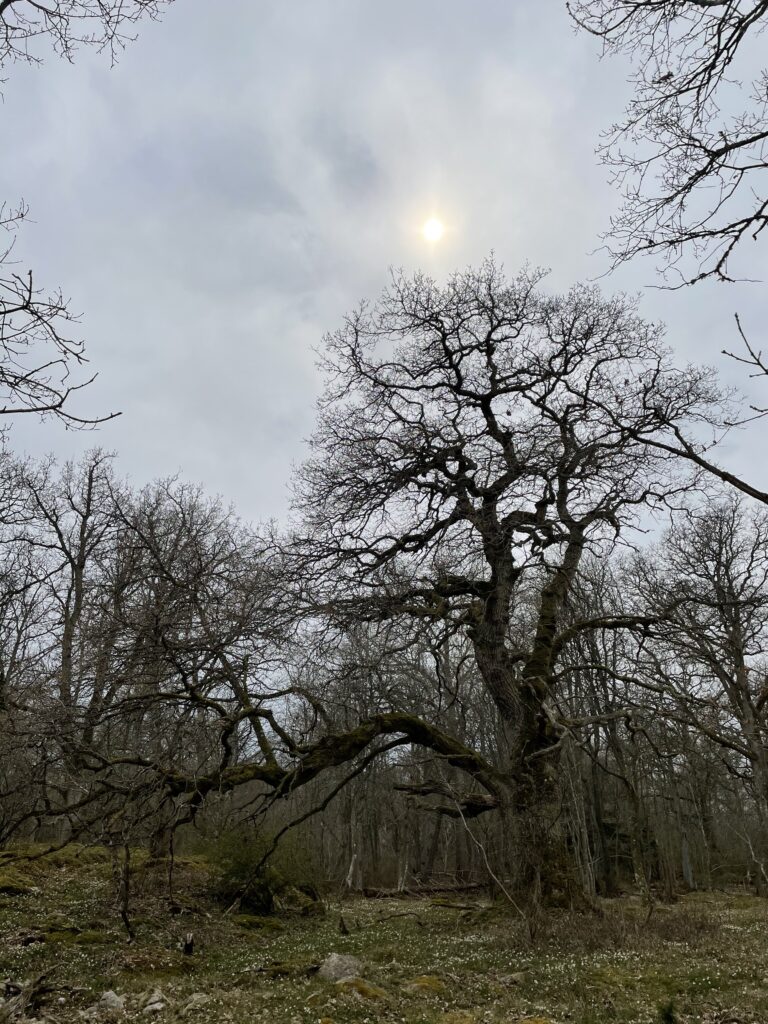
Old trees are keystone structures in forests and wooded pastures due to unique ecological properties that are solely provided by old trees. In northern Europe, old deciduous trees can be found in forests, wooded pastures, and grasslands. However, modern forestry practices and agricultural rationalization has led to a severe decline in the distribution and size of European old-growth deciduous forests and semi-natural grasslands. Deciduous forests have been particularly affected, and a considerable decline in old deciduous trees has occurred due to intensified extraction of logs and coniferous tree plantations.
Saproxylic species, i.e. those that are dependent on dead- or dying wood or dead trees during some part of their life cycle, have been severely affected by modern forestry practices and agricultural rationalization due to their dependence on dead wood in terms of quantity, quality, and dynamics. Dead wood dependent species have experienced a decline in both frequency and distribution in Europe. Management that preserves old-growth forest characteristics are therefore of equal importance as the presence of forested area. Measures to increase the heterogeneity and securing a continues inflow of dead wood are therefore vital in preserving the diversity of saproxylic species.
Aim
The aim of this study was to get an indication whether log piles constructed for stag beetles have been successful as suitable habitats, as well as giving an indication of which saproxylic beetles that are colonizing these complementary habitats. The effect of different environmental factors on species richness and composition on log piles constructed for stag beetles will also be examined. Factors that are of interest are: (1) canopy openness; (2) soil type; (3) size of the log; and (4) the density of old oaks at different spatial scales.